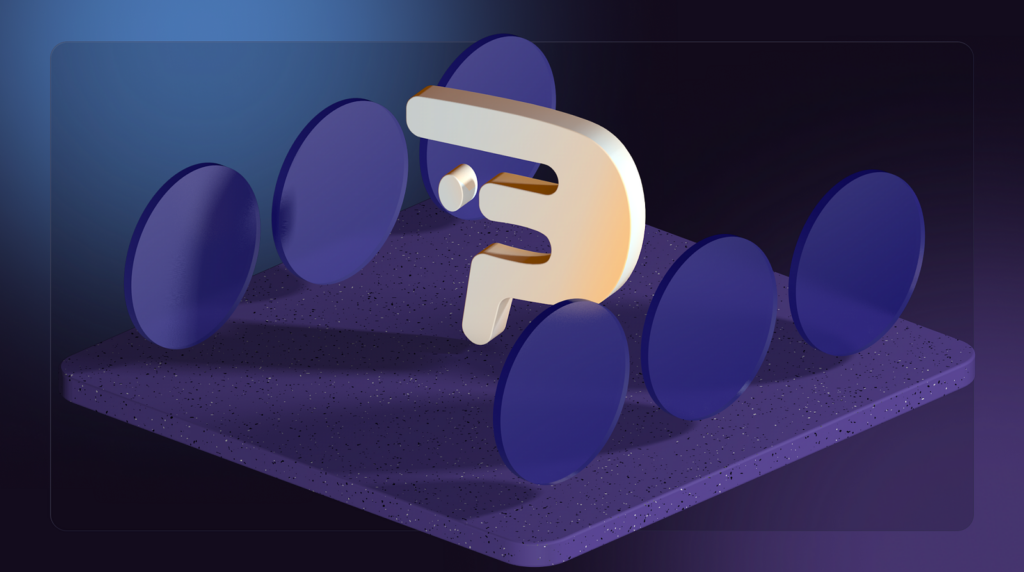Please fasten your belts!
What happened at ETHDenver?
The recently concluded ETHDenver left builders across Web3 with new ideas, developments, and utilities.
In its 6-year history, the festival has established itself as one of the US’s longest-running and most successful community-led cryptocurrency hackathons and conferences. ETHDenver draws heavily on its unique culture and community that spans interests from wallets, privacy, and services to folk music, video games, and art.
The event showcased several new developments and trends, including Privacy Pools and zero-knowledge rollups.
Ameen Soleiman, the founder of Tornado Cash, launched Privacy Pools, which enables users to conduct private and mostly untraceable transactions while discouraging unlawful activities such as money laundering.

What’s more, Polygon showcased its latest zero-knowledge Ethereum Virtual Machine (zkEVM) rollup, which promises faster and more efficient transactions.
The Ethereum Foundation also announced a new standard for account abstraction, ERC-4337, which could make it easier for users to recover their crypto if they lose their private keys.
In addition to DeFi protocols and L1s, ETHDenver also saw the rise of DeFi approaches to Web2 problems, such as social media ownership and identity.
Lens Protocol, a decentralized social media enterprise aimed at connecting users with their “digital roots,” exemplifies this trend.
Finally, FileCoin founder Colin Evran highlighted FileCoin’s potential as the world’s largest decentralized storage network during his presentation at ETHDenver. The addition of a virtual machine will transform the network into a fully-fledged L1 blockchain, promising to support a range of user-programmable applications such as perpetual storage, storage replication, repair automation, and liquid staking through block rewards.
The virtual machine’s potential also extends to creating data-centric decentralized autonomous organizations (DAOs) and developing Web3 games, among other use cases.
One more ERC-4337 call
ERC-4337 core developers have had another 30-minute call. The meeting participants were Partha Ramanujam from our side, Kristof Gazso (Nethermind), Dan Coombs from Alchemy, and Ethereum’s coder Alex Stokes.
- The guys discussed the validity of certain assumptions made in the p2p spec, particularly around the “state” and “metadata” of each bundler.
- Suggestions were made to include additional fields to the global Gossipsub topic.
- The criteria for ignoring a UserOp message received via the p2p interface was also a topic of discussion.
- They checked the status of different bundler implementations.
- The developers suggested using hive to test the bundler network instead of standalone tests.
- They considered forking Ethereum’s hive repository and adding the necessary code to test the bundler network.
At the same time, Dan Coombs shared the news that Alchemy is developing a bundler client on Rust. Etherspot’s team is working on Skandha. This is a typescript implementation of ERC-4337 bundler client. Stackup develops a modular Go implementation of an ERC-4337 bundler.
Feel free to check other notes in this tweet.
ERC-4337’s impact on NFTs
NFTs have long become a separate industry niche and a source of income for many traders and investors. Since that, the masses are wondering how Ethereum’s latest upgrade will change the game.
According to NFTnow, ERC-4337 can potentially eliminate the barrier to mass adoption.
For example, there is a feature that addresses the significant risk and fear of losing access to valuable NFTs. Also, the upgrade allows for automated trading, making it easier and more accessible for users of all levels. Finally, it enables gasless transactions, making transactions cheaper, quicker, and more efficient.
Overall, ERC-4337 offers features that are typically offered by traditional banks to their customers, all without the need to trust a financial institution. This upgrade could significantly boost the adoption of NFTs by making it easier to buy, store, secure, and recover them. However, effective communication about the upgrade’s features is crucial for achieving its potential, as technical jargon can be a barrier for non-crypto natives.
The success of ERC-4337 will depend on how well it is communicated to potential users and how easy it is for them to use.
EOS + AA
A popular distributed crypto data library, Messari, has published a new report on EOS. EOS was once a highly promising L1 blockchain project, raising $4.1 billion in its ICO and ranking as a top five cryptocurrency at launch. However, the founding team’s lack of development and investment caused EOS to fall short of early expectations.
In 2021, the EOS community distanced itself from the founding team, freezing their token vesting contract and forking the codebase to implement ecosystem and protocol improvements. The EOS Network Foundation plans to attract new users through consensus mechanism upgrades, an EVM solution, and a growth strategy.
As per the paper, EOS accounts have two key types:
- owner keys;
- active keys.
This system has the same effect as account abstraction, greatly improving UX and security over traditional accounts that are not smart contracts.

Plena Finance + AA
According to the NewsBTC website, Plena Finance (DeFi app) has been using the term “account abstraction” for the past two years.
Plena leverages account abstraction to offer a centralized user experience through its application, allowing users to pay transaction fees with any token, execute complex blockchain actions with just one transaction, and accomplish all this with a simple tap on their mobile screens.
Before account abstraction, using blockchain applications with EOAs was difficult, so Plena introduced a wallet with a user-friendly interface that has garnered a large user base.

AA guide by Beincrypto
One of the most popular crypto hubs, beincrypto.com, has published a guide about ERC-4337.
There the author delves into the technical aspects and jargon associated with terms such as account abstraction, Entry Point, etc., explaining each one as clearly as possible, as well as providing a real-life example.
Regarding the plot, the guide explains the difference between Externally Owned Accounts (EOAs) and Contract Accounts and why the idea of account abstraction is important.
The readers also explore the reasons behind the creation of ERC-4337 and how it is expected to impact Ethereum users, stakeholders, and the platform’s future. Additionally, the author examines the technical aspects of the standard and potential loopholes, concluding with the question of whether 2023 will be the year of Ethereum.
Did you enjoy the AA recap? Share it with your friends!
Subscribe to our newsletter and get the latest updates on AA
- Learn more about account abstraction here.
- Head to our docs and read all about the Etherspot SDK.
- For a plug & play integration, review the BUIDLer react component.
- Follow us on Twitter and join our Discord.
❓Is your dApp ready for Account Abstraction? Check it out here: https://eip1271.io/
Get In Touch:

